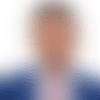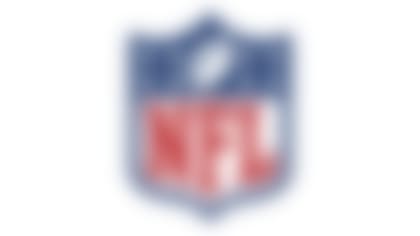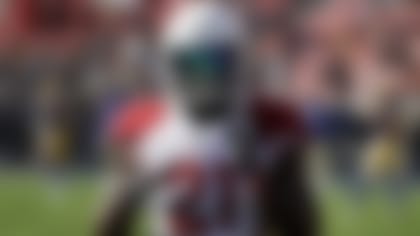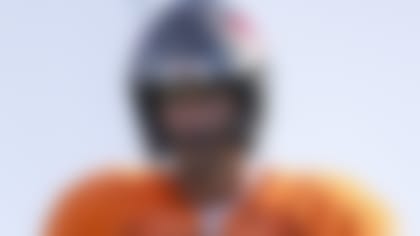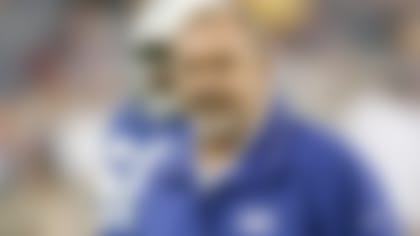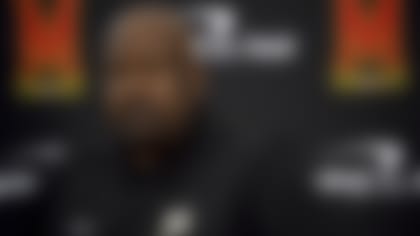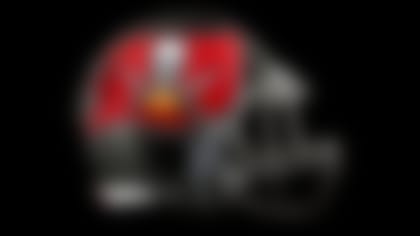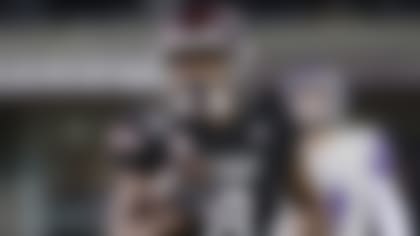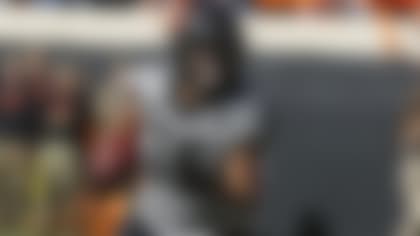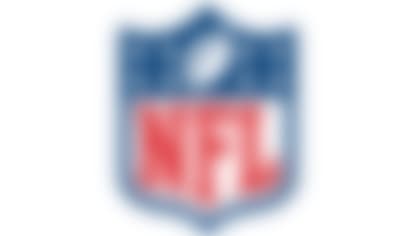The CT scan results were not black and white. The decision for Green Bay Packers quarterback Aaron Rodgers to take the field Sunday against the Carolina Panthers after a broken collarbone wasn't simple.
Instead, a variety of experts weighed in -- medical people, Packers personnel, his agents and the quarterback himself -- to inform the decision that led to the return of one of the best quarterbacks in the NFL.
"It's not 100 percent healed," said one source involved in the situation. "But it's looking really good. Any time you're going through the final maturation, then weighing estimates and pixels on a CT scan or MRI, there's a decision. Everyone is concerned, as you can imagine. But everyone is ecstatic about the way the shoulder looks. There is a significant and robust enough physical response that we could put him in position to make a decision."
It wasn't solely Rodgers' decision to play, but no one pushed harder for it. Collarbones are fully healed after 12 weeks. It's been eight. Rodgers knows that.
He made sure he's out there.
"It's nice if everyone agrees," said another source directly informed of the situation. "But with a guy of this magnitude, and considering he's going to sign the biggest contract in NFL history this offseason, there were a lot of different voices. Trust me, no one is sleeping well on Saturday ... except Aaron."
Rodgers -- who the Packers will try to lock up with an extension this offseason -- did choose an aggressive surgical method, using two plates and 13 screws -- trauma-style. The hope was to be cleared by Week 15 in a way he would be protected.
And everyone credits the job Rodgers did in rehab thanks to head athletic trainer Bryan Engel and trainer Nate Weir, who worked most closely with Rodgers. The notoriously conservative Dr. Pat McKenzie shepherded the process.
As for Rodgers, he did an impressive job strengthening the area around the collarbone while making sure his mechanics stayed sound. One person involved called him "top of the food chain, neuromuscular-wise."
Another added: "Everything you heard about him in practice is true."
A re-injury of his collarbone would, at least, give the team some pause. Rodgers and the Packers know the worst-case scenario.
But two factors must be known about a potential rebreak: 1. It is susceptible to break at the end of the plate, not the original spot. 2. The recovery time likely wouldn't jeopardize his readiness for the start of the 2018 season.
"No one can say with 100 percent certainty that it's healed," said the first source. "There is risk where it was broken and where it was fixed. You have to look at it, when a player plays a high-risk sport, look at the relative risk vs. a normal person. And what happens with the worst-case scenario? What's the solution?"
These were among the scenarios discussed while making the hard decision Tuesday night before Rodgers announced his return on Instagram.
"Are you where we need to be with regard to healing and the risk of playing? Ultimately, Aaron made the final decision, along with the organization," a source said.
Follow Ian Rapoport on Twitter @RapSheet
